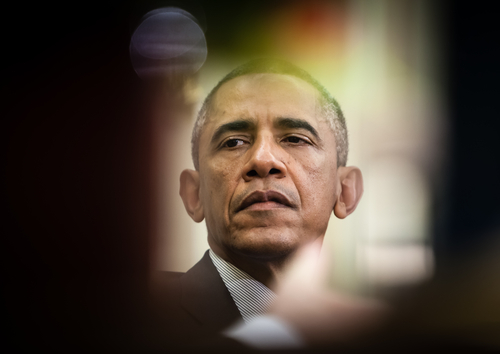Mike Benz, founder of the Foundation for Freedom Online, is exposing a major scandal—accusing the Obama administration of misusing USAID funds to train and fund protest groups worldwide. He claims USAID spent $1.2 billion teaching activists how to organize demonstrations through social media. One project, “Zunzuneo,” was designed to look like a Cuban-built platform but was secretly U.S.-funded. Even more alarming, aid money meant for Pakistan was allegedly funneled to the Cayman Islands to bankroll these covert operations.
USAID Operations Under Scrutiny
Allegations have emerged regarding the United States Agency for International Development (USAID) and its activities under the Obama administration. Mike Benz, appearing on The Joe Rogan Experience, stated that USAID diverted humanitarian funds into political operations abroad.
According to Benz, the agency spent $1.2 billion training activist groups to leverage social media platforms for street protests. The claim raises serious concerns about the appropriate use of taxpayer dollars designated for international aid.
Benz’s claims focus particularly on Cuba, where USAID allegedly funded a Twitter clone called “Zunzuneo.” The platform was supposedly designed to appear as an organic Cuban-made social media site while actually being funded by the U.S. government. The alleged goal? To spread propaganda and inspire anti-government protests among Cuban citizens—an operation that would represent a major departure from USAID’s stated mission of humanitarian assistance.
Obama pretended to send USAID money to aid foreign countries but was actually funneling it to Cayman Islands to be used for “Rent-a-Riots
pic.twitter.com/GCQfbSvUDH— Johnny Midnight ⚡️ (@its_The_Dr) March 24, 2025
Financial Manipulation and Data Collection
Beyond funding activist training programs, USAID’s alleged involvement in social media operations extended to data collection and micro-targeting of Cuban users. According to Benz, these tactics mirrored modern political campaign strategies but were covertly deployed as part of foreign policy efforts.
The allegations also suggest that funds originally intended for Pakistani aid were redirected to the Cayman Islands to support these covert activities. This raises serious questions about financial transparency and oversight in how U.S. taxpayer dollars are allocated for foreign aid.
“USAID pumped $1.2 billion in, and we sponsored these activist groups to learn how to use Facebook, Twitter, hashtags, and coordinate street protests.” – Mike Benz
Benz also described these movements as “rent-a-mobs”, suggesting that these weren’t organic grassroots protests, but rather orchestrated demonstrations funded without American taxpayers’ knowledge. If these allegations prove accurate, this would represent a major breach of public trust in how U.S. foreign aid funds are used.
OBAMA’S RENT-A-RIOT MACHINE: He Re-Routed, Laundered USAID $$$ to Cayman Islands to Fund National and Global Chaos
Barack Obama used USAID to purport to send money to a country for “aid” and actually laundered it to the Cayman Islands.He would then use that money to fund and… pic.twitter.com/WlonTrM5gW
— 🇺🇸 Pamela Geller 🇮🇱 (@PamelaGeller) March 24, 2025
Broader Implications for Foreign Aid Transparency
These allegations come at a time when government spending and foreign aid programs are under increasing scrutiny. The claims about USAID’s activities under Obama raise critical questions about oversight and accountability in foreign aid distribution.
If true, these revelations would show that humanitarian aid was repurposed for political operations, which could violate various regulations governing U.S. foreign assistance.
The controversy over USAID’s alleged funding of political activism raises serious concerns about government transparency. American taxpayers expect their money to be used for helping people in need, not for covert political operations in foreign nations. Allegations like these undermine public confidence in foreign aid programs and could reshape debates about international assistance and oversight mechanisms.

